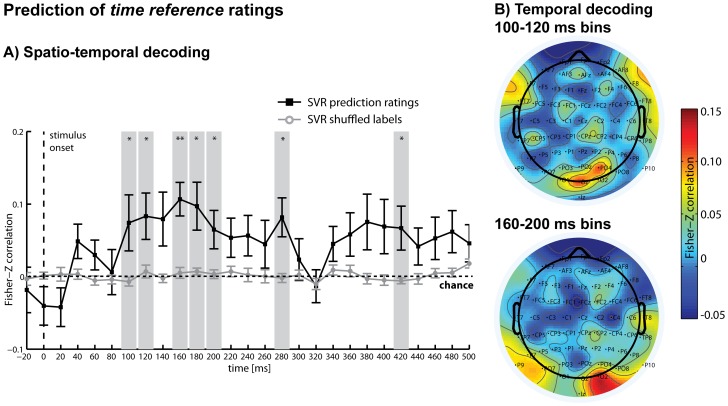Figure 5. SVR results for time reference ratings.
A) Spatio-temporal decoding: Multivariate support vector regression (SVR) was used to regress time reference ratings (in increments: present/intermediate/future) from distributed patterns of CSD-ERPs within analysis time windows of 40 ms that were moved through the first 500 ms of each trial in steps of 20 ms. Ratings could be regressed significantly above chance between 100–120 ms, 160–200 ms (denoting the central time points of the analysis windows) and again around 280 ms and 420 ms after stimulus presentation (black line). Additionally shown are the results of the same SVR analysis using shuffled labels to obtain an empirical chance distribution for statistical testing (grey line). B) Temporal decoding: SVR was used for each channel separately to regress time reference ratings (in increments: present/intermediate/future) from purely temporal patterns of CSD-ERPs within the first significant time periods of the spatio-temporal analysis (top panel: combined time bins 100 ms, 120ms; bottom panel: combined time bins 160 ms, 180 ms, 200 ms). Top panel: The heat map illustrates predictive channels, with electrodes FC5 (t(14) = 2.60*), CP5 (t(14) = 2.22*), Oz (t(14) = 2.63*), F4 (t(14) = 2.86*), O3 (t(14) = 3.97**) reaching significance. Bottom panel: Prediction reached significance for electrodes P9 (t(14) = 2.66*), PO7 (t(14) = 3.08**), CP2 (t(14) = 2.23*), PO4 (t(14) = 2.27*), O2 (t(14) = 3.46**); *P<.05, **P<.01 (uncorrected); error bars = standard errors.

